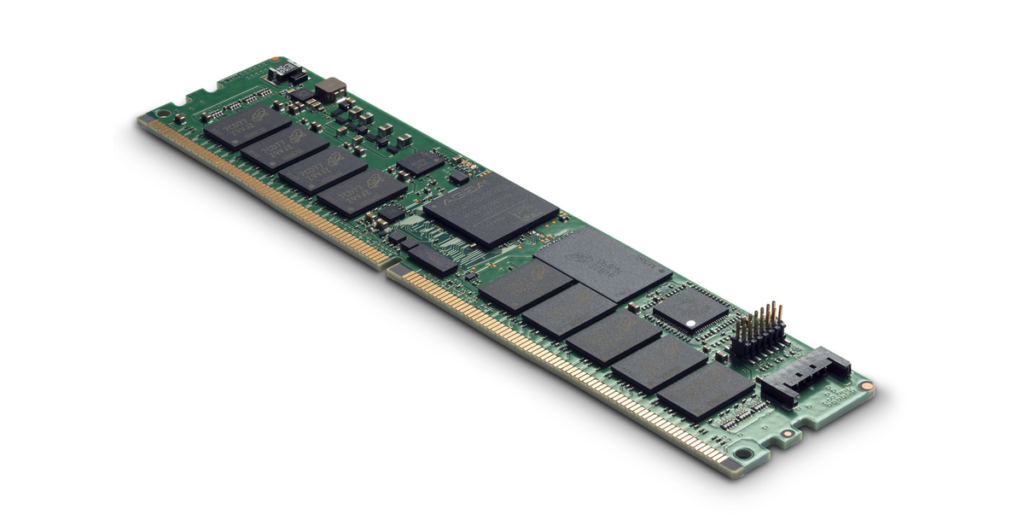Micron Technology signaled more pain ahead for the global electronics sector, warning that a shortage of memory chips would last through the end of the year, leading to large price hikes.
With pent-up demand for memory chips, Micron said last month that its quarterly sales are on pace to improve more than 30% year over year to around $7.1 billion in the latest quarter. Over the long term, it is trying to take advantage of smartphones, cars, and other electronics that are integrating more memory than they used to to run artificial intelligence or connect to 5G.
As demand for chips rebounds and supply tightens, the electronics industry is experiencing a massive “undersupply” of DRAM memory chips, causing average prices to spike. Micron said tight supplies coupled with strong demand would cause the semiconductor industry to fall short on filling orders for DRAM through the end of 2021 and possibly longer.
More than 70% of Micron’s business in the second quarter came from DRAM memory. Sales in the segment soared 44% year over year to around $4.4 billion.
Micron has long been the largest U.S. manufacturer of DRAM and NAND memory chips used from game consoles and smartphones to automobiles and data centers. The memory giant’s profit and sales have rebounded over the last year, buoyed by consumers snapping up devices as the coronavirus forced large parts of the population to work and study from home.
Micron, Samsung Electronics, and SK Hynix are hastening to boost supply in a market where memory chips are largely interchangeable and prices constantly changing based on demand. Micron—the world’s No. 3 memory chip vendor behind Samsung and SK Hynix—is also selling more to device manufacturers buying buffer inventory to get through the global chip shortage.
The global chip business has been plagued by production shortages in recent months. Apple, Sony, Dell and other electronics industry giants have been struggling to buy enough parts. The shortages, caused by sudden and huge swings in demand due to the virus, has also hampered the global supply chain for chips used in cars, forcing auto manufacturers to delay production.
Shortages this year are affecting not only the most advanced foundry and logic nodes but also legacy nodes used in power management, radio frequency, and other non-memory chips.
“The strong demand across various end markets, combined with disruptions at certain logic and foundry semiconductor makers, has resulted in a shortage of non-memory chips at our customers, and we believe memory demands would have been even greater without these shortages,” Micron CEO Sanjay Mehrotra said on a conference call with analysts last month.
Market research firm Trendforce said average DRAM prices increased between 3% and 8% in the first quarter and it anticipates prices to rise between 13% to 18% in the second quarter as demand soars. At the same time, NAND flash prices are projected to improve up to 8% in the second quarter due to recovering demand in the smartphone, PC, and data center segments.
Micron is also trying to work through the fallout from a power outage at one of its factories in Taiwan at the end of last year. In recent months, industry insiders have warned that the global chip supply chain has become more vulnerable to geopolitical conflicts and natural disasters because suppliers at different points along the line are too concentrated in distinct regions.
The chip shortage has been exacerbated by a fire at a Renesas Electronics fab in Japan and a cold front in Texas that temporarily disabled chip factories run by Samsung, NXP, and Infineon.
The company also warned about the severe drought in Taiwan, which has reduced the water supply to one of its DRAM fabs. Micron has procured alternative sources of water, but it will continue to monitor the situation closely in the months ahead. “At this time, we do not see an impact to DRAM production output,” Mehrotra said, “however, this is a developing situation.”
The company’s second-quarter sales came out to $6.24 billion, up from $4.80 billion last year. Micron’s profit was $603 million, or 53 cents per share, up from $405 million a year ago.


